June 26, 2024 | 13:31 GMT +7
June 26, 2024 | 13:31 GMT +7
Hotline: 0913.378.918
June 26, 2024 | 13:31 GMT +7
Hotline: 0913.378.918
Mu Cang Chai is the locality with the largest area and output of docynia indica in Yen Bai province. After being harvested, people sell a lot of docynia indica along Highway 37 and the central area of the district. Many traders go to people's gardens to buy. In recent years, Mu Cang Chai docynia indica has also been distributed more widely to provinces and cities such as Hanoi, Bac Giang, Bac Ninh, and Thai Nguyen...

Docynia indica trees are suitable for high mountain terrain with steep slopes, so they can both harvest fruit and prevent soil erosion. Photo: Thanh Tien.
From a naturally growing tree, docynia indica has become a commodity. The fruit harvesting season begins at the end of August and ends in mid-October every year. Currently, many households in communes of Mu Cang Chai district are gradually focusing on developing docynia indica trees, gradually abandoning ineffective corn and upland rice.
Mr Luong Van Thu - Head of the Department of Agriculture and Rural Development of Mu Cang Chai district (Yen Bai) said, that after implementing the project "Management of docynia indica trees associated with the economic development of hills and forests in Mu Cang Chai district in the period 2014 - 2020", the area of docynia indica trees has quickly been expanded by people in the direction of focusing on becoming a commodity production area.
Up to now, the total area of docynia indica in the whole district is more than 5,000 ha, the fruit harvesting area is about 3,000 ha, and the average yield is about 1.4 - 1.5 tons/ha/year. The total annual harvest of docynia indica is estimated at nearly 5,000 tons.
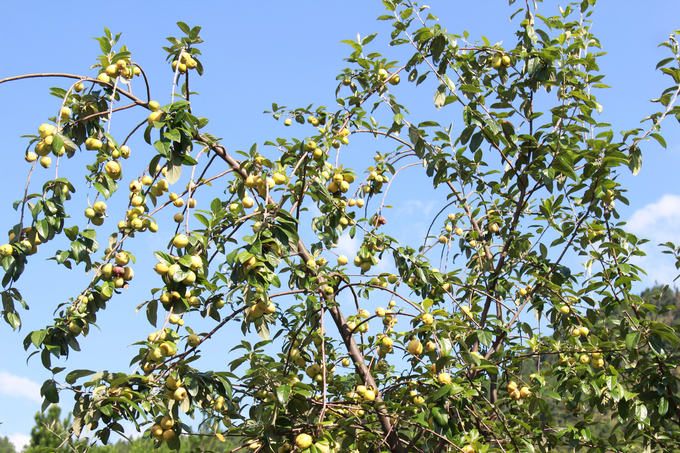
Each year, Mu Cang Chai's docynia indica output reaches nearly 5,000 tons. Photo: Thanh Tien.
People's expansion of the area of docynia indica trees has contributed to greening bare land and bare hills, improving the ecological environment, increasing forest coverage, and preventing soil erosion. The docynia indica tree has many advantages, it does not need to be sprayed, fertilized or taken much care of but still brings higher economic efficiency than other crops.
Currently, Lao Chai, Nam Khat, Pung Luong, Ze Xu Phinh and La Pan Tan communes are the localities with the largest area of docynia indica trees in Mu Cang Chai district.
Mr. Giang A Lu - Chairman of Lao Chai Commune People's Committee said that the docynia indica tree was identified as one of the key crops to help people develop economically. Party committees and local authorities have been propagandizing and guiding people to develop docynia indica trees for more than ten years. Thanks to concentrated production, the apple tree has brought significant income to farmers, however, productivity is still fluctuating, some years there are good harvests, and some years harvests are poor.
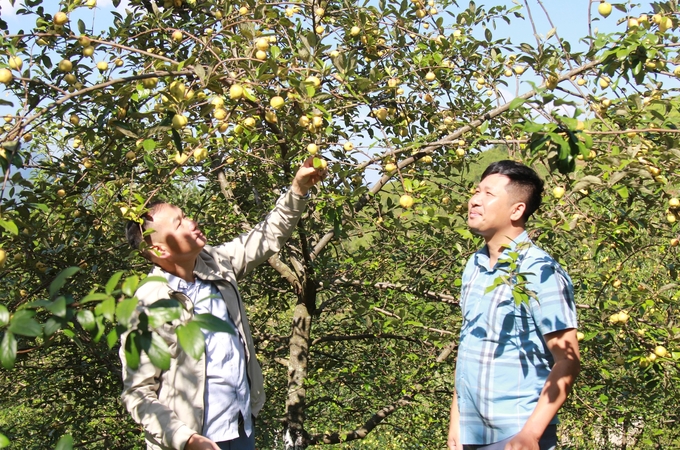
Currently, Mu Cang Chai has a large apple raw material area, but the consumption and processing of the product are still very limited. Photo: Thanh Tien.
Besides, despite bringing economic efficiency, the development of the docynia indica is currently facing many difficulties due to unstable consumption, mainly still relying on small traders and retailers.
According to Mr Sung A Chua - Vice Chairman of Mu Cang Chai District People's Committee, due to the lack of large-scale processing facilities to consume docynia indica products for people, the development of this crop is still limited. Currently, there are only a few companies in Van Chan district and Yen Bai city purchasing wild docynia indica for processing with an amount of about 2,000 tons/year. The remaining output is estimated at nearly 3,000 tons/year, mainly for selling fresh fruit.
Additionally, the techniques of planting, caring for, protecting, harvesting and processing are mainly based on experience, there is no investment in intensive farming so the economic efficiency is not high.
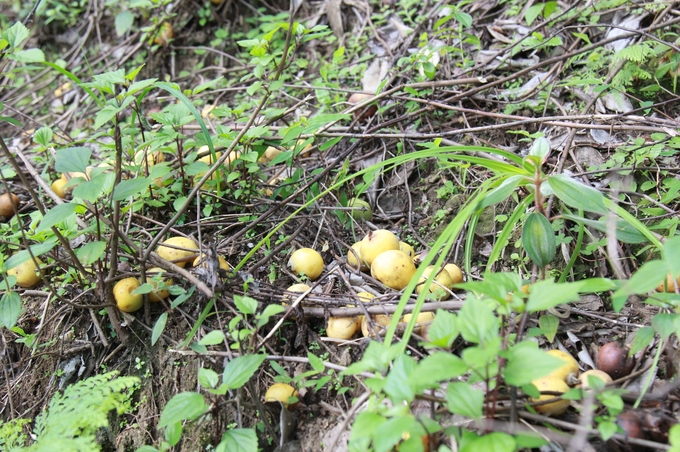
Due to unstable prices, people have not paid much attention to the care and collection of wild docynia indica, many fruits fall and rot under the trees. Photo: Thanh Tien.
In the coming time, Mu Cang Chai district will focus on implementing several key solutions such as planning and advising people not to continue to widely develop docynia indica trees, and avoid excess product. Besides, this will improve the quality, design and value of docynia indica by choosing good seedlings and taking care measures, pruning, and fertilizing with organic fertilizers... Areas of poor-quality docynia indica will have to be calculated for conversion or replacement. In particular, the district has planned two areas to attract and create conditions to call for investors to build purchasing factories to process Apple products.
The recent project to develop docynia indica trees in Mu Cang Chai is still very difficult. Typically, the phenomenon of encroaching forests to grow docynia indica trees, harvesting the fruit when they aren't ripe, and ramping theft of docynia indica still occurs and has not been completely prevented or handled...
Translated by Hoang Duy
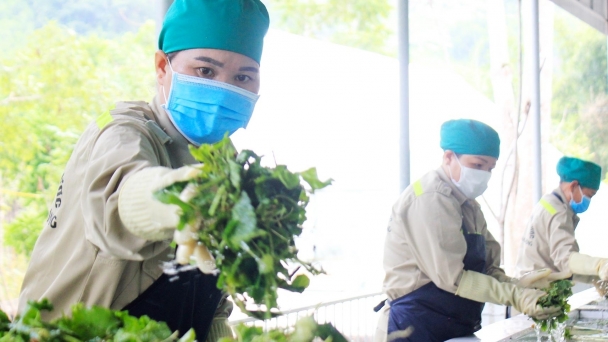
(VAN) After many years of conception, the Project to improve the effectiveness of SPS implementation was issued in mid-June 2024 and is expected to help Vietnamese agricultural products access world technology.
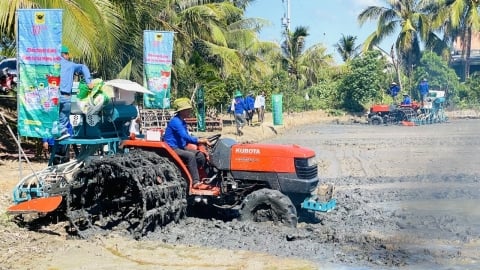
(VAN) What are carbon credits and how are they used? Article by Dr. Mai Van Trinh, Director of the Institute of Agricultural Environment, Ministry of Agriculture and Rural Development.
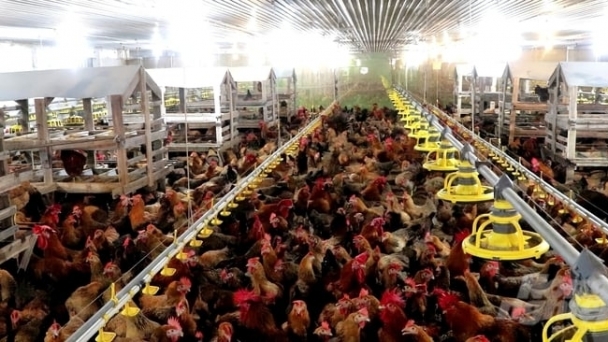
(VAN) The application of science and technology in production is promoting the emergence of high-tech agricultural models within Binh Duong province, resulting in enhanced productivity and quality.
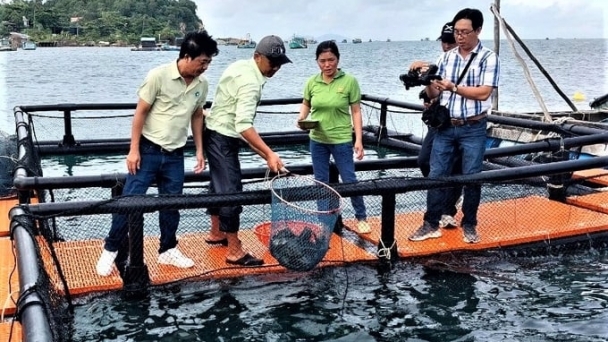
(VAN) The marine area within Phu Quoc offers favorable conditions for the development of aquaculture, allowing the city to develop industrial-scale mariculture in association with tourism.
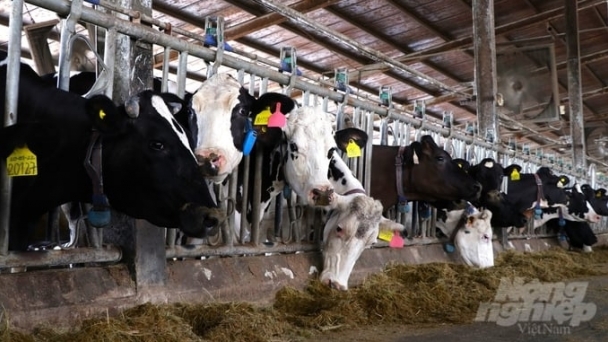
(VAN) The achievements of Anova Agri Binh Duong are the driving factor behind the local livestock sector's transition from traditional to modern farming practices.
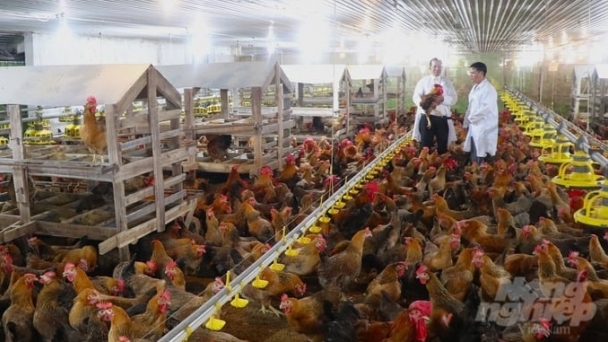
(VAN) Modernization in livestock production is a sustainable development direction that enables farmers to increase profits and move towards clean agriculture.
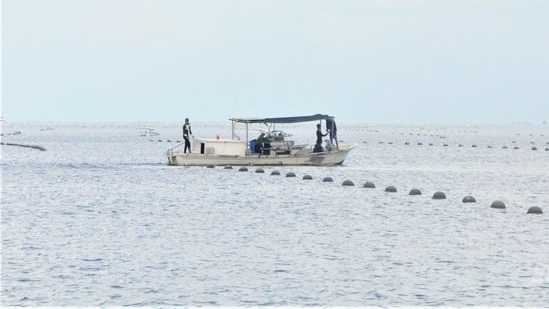
(VAN) Kien Giang possesses significant potential for mariculture; however the majority of local fishermen continue to engage in small-scale farming. The transition to modern cage farming requires solutions to facilitate development.